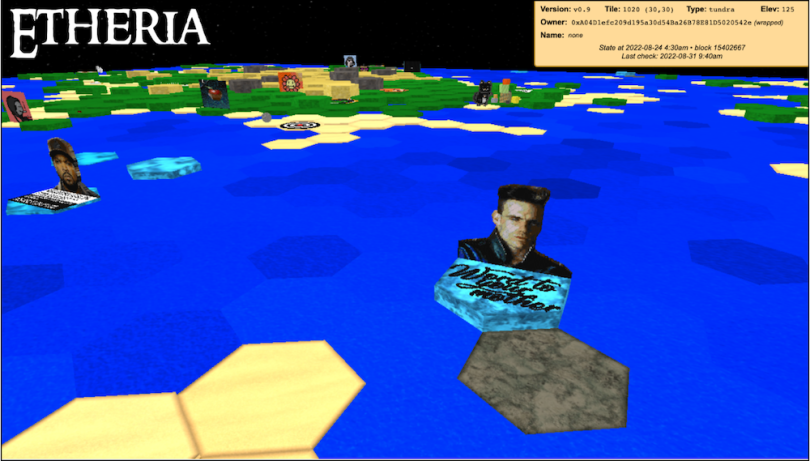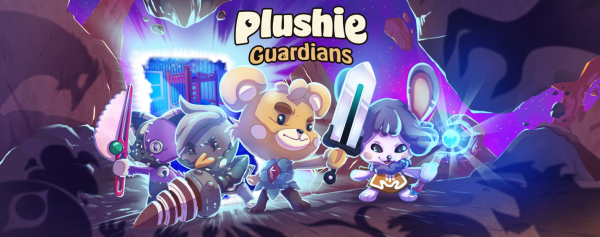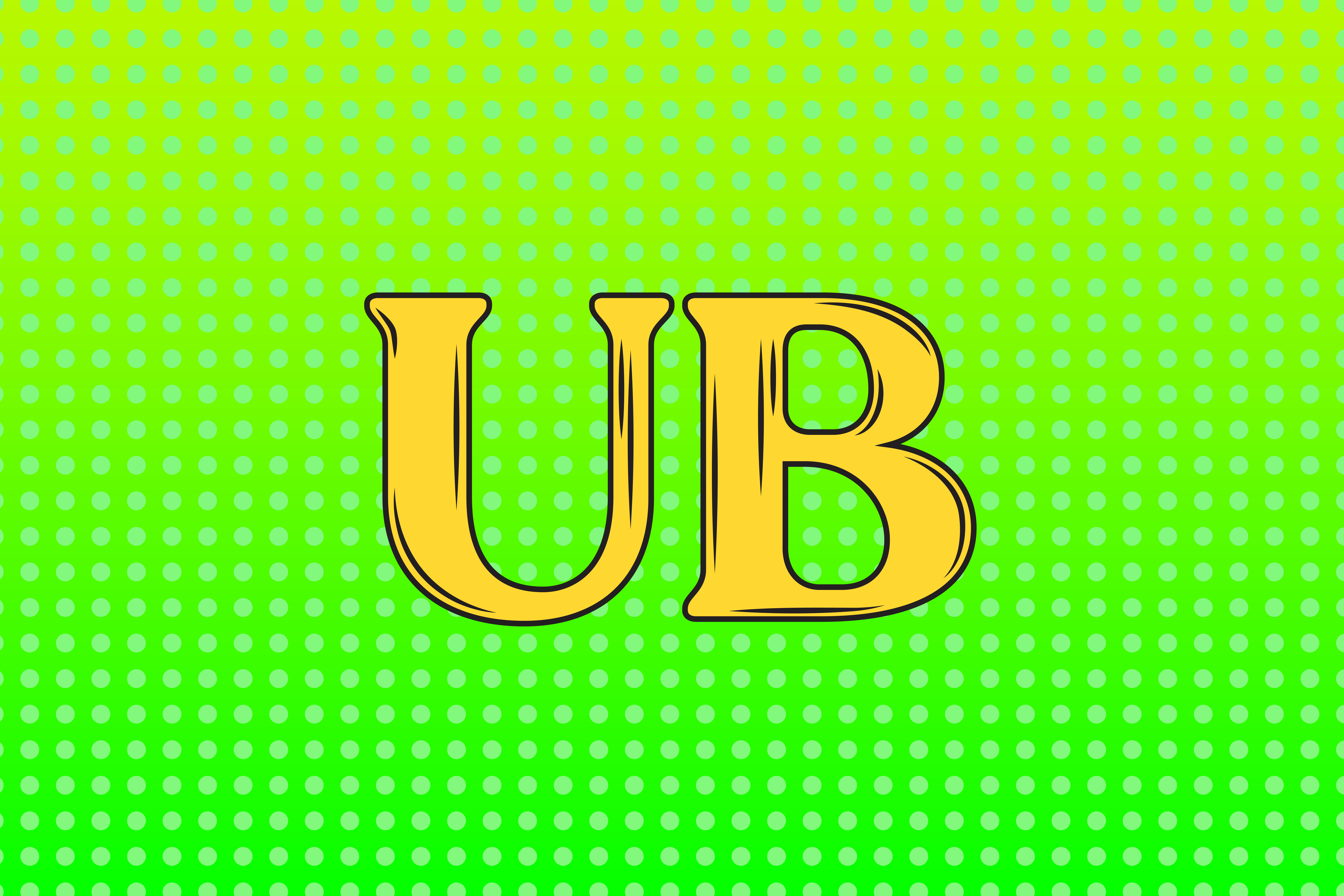How do NFTs work? | Built-in

NFT stands for “non-fungible token.” Now, if that sentence confuses you, trust me: You’re not alone. The world of technology is sometimes obsessed with unnecessarily complicated acronyms and terms. So, for the moment, let’s just use the term “unique digital artwork” instead.
Simply put, an NFT is a unique piece digital art.
More importantly, an NFT is a verifiable and unique piece of digital art because it comes with its own certificate of authenticity. It is made possible by another magical technology: a blockchain. Blockchains are powerful technologies because they are capable of maintaining permanent digital ledgers. Blockchain records cannot be forged or otherwise manipulated.
A digital ledger is a distributed record, held on many thousands of computers, that describes every interaction on a blockchain. In practice, it is identical to the ledger that we all have in our checkbooks: Every bill we pay and every check we deposit has its own entry. When it comes to our checking accounts, there are only two authoritative records: ours and the banks. In the case of a digital blockchain ledger, there are many thousands of authoritative records because blockchains are supported, by design, by the entire community of users.
That’s what makes them impossible to change.
Having access to a permanent digital ledger is important because it lets everyone know – with 100 percent certainty – whether the unique piece of digital art in question is original or a knockoff. Having entries on a blockchain allows artists and all subsequent owners of their art to prove that what they own is authentic.
It is sometimes incredibly difficult in the traditional art world. For example, Andy Warhol prints are notoriously difficult or impossible to prove authentic. In the world of digital art, NFTs take the guesswork out, which is important because artwork proven to be authentic can sometimes have enormous value.
Beeple’s “Everyday” is one such example. In October 2021, this NFT, which is a fascinating photo collage created by artist Mike Winklemann, sold for $69.3 million at Christie’s. The auction of Winkelmann’s art – the first of its kind – proved to the world that investors were willing to pay top dollar to own an authentic piece of digital history.
How do NFTs work?
- NFT stands for “non-fungible token.” In practice, they are unique digital works of art.
- Blockchain technology authenticates each NFT as unique.
- NFTs are not comparable to each other.
- NFTs cannot be shared.
- Most NFTs are created and hosted on the Ethereum network.
- Decentralized blockchains create centralized tokens and marketplaces.
What was the first NFT?
In 2014, multimedia artist Kevin McCoy created a piece of digital art that he called “Quantum”. The piece was a psychedelic, octagonal animation. Because the artwork was digital, McCoy realized he needed a way to sign or authenticate it. But how? The answer came when he partnered with an entrepreneur named Anil Dash. The two men created a digital authentication method using a new technology called blockchains and cryptocurrency.
Before 2014, blockchains and their immutable ledgers were used solely to authenticate cryptocurrency transactions. McCoy and Dash pioneered the use of blockchains to also authenticate art. They created their own marketplace called Monographwhich allows artists to digitally “sign” and sell their work using a cryptocurrency based on Bitcoin called Name coin. McCoy became the first artist to use the digital authentication for “Quantum”, thus creating the first ever NFT.
“Quantum” sold for $1.5 million in 2021, cementing its place as a valuable part of both technology history and as a pioneering method of delivering art.
Fun fact: Although McCoy’s “Quantum” was the first ever NFT artwork, it was not the first “NFT project”. That distinction goes to Etheria, which was created in 2015, shortly after the launch of the Ethereum blockchain. In this “game”, people buy hexagonal plots of “digital land” and then build whatever they want on them. Including, for example, Vanilla Ice.
No, it’s not a joke.

How do NFTs work?
To better understand how NFTs work, we need to better understand their properties. So, here’s a brief primer.
NFTs are not comparable
Just as there are many different types of physical artwork – paintings, photographs, sculptures, etc. – there are many different types of NFTs. The value of one cannot really be compared to the value of another. For example, NFT of Jack Dorsey’s first tweetwhich has historical significance, cannot be compared to Chris Torres’ NFT Nyan Cat, a silly animation which captured the attention of the internet in 2011. Both are NFTs, yes, but each has its unique and inherent value with its own unique characteristics.
NFTs cannot be shared
If you own an asset like land, you can subdivide and divide that land into smaller parcels that you can sell. But that approach doesn’t work in the NFT world. Once an NFT is created, it is considered a “digital whole” and cannot split an NFT into smaller tokens. Therefore, you cannot buy half of an NFT; either the token is purchased in full or not at all.
Most NFTs are on the ethereum blockchain
An NFT is authenticated by digital ledgerwhich is held by one blockchain. Blockchains not only ensure that all transactions are recorded correctly in the ledger, but they also prevent changes to ledger entries.
Despite Bitcoin being the world’s first and most profitable blockchain and cryptocurrency, most NFTs are actually created and hosted on the Ethereum network. Reason? Because Ethereum was the first crypto project created to give NFTs what is known as symbolic standards to make them compatible with other tokens.
Graduate Class Notes: Ethereum Requests for Comments or “ERCs” are the documents that allow the Ethereum organization to create standards on their platform. In this case, ERC-721 and ERC-1155are the two blueprints that help developers easily create tokens needed for NFTs. 721 created the NFT standard on Ethereum while 1155 created a standard for managing multiple types of tokens.
Decentralized blockchains create centralized tokens and marketplaces
Although a blockchain is a decentralized system of peer-to-peer networks and transactions, the tokens on these blockchains, including cryptocurrencies and NFTs, are not inherently decentralized. Digital assets from a blockchain must be stored in a digital wallet. If you’ve ever used PayPal, Venmo, or Apple/Google/Samsung Pay, you’re already familiar with what digital wallets are and how they work with standard US dollars.
It is the same concept for holding and spending your cryptocurrencies.
A central stop is also used when consumers want to buy cryptocurrencies or NFTs. Centralized NFT marketplaces, for example, list auctions by various artists whose digital artworks are available for purchase. Popular NFT marketplaces like Open sea or SuperRare allow sellers to either participate in an auction or negotiate directly with the artist.
Just remember, in most cases, purchases require the use of one cryptocurrencypreferably ETH, the currency backed by the Ethereum blockchain.























